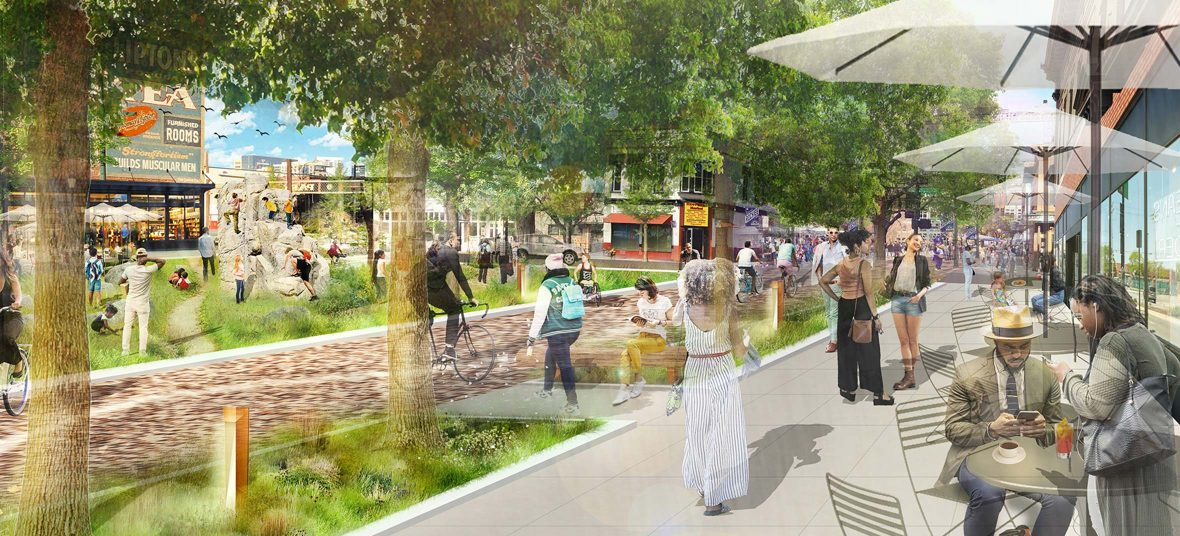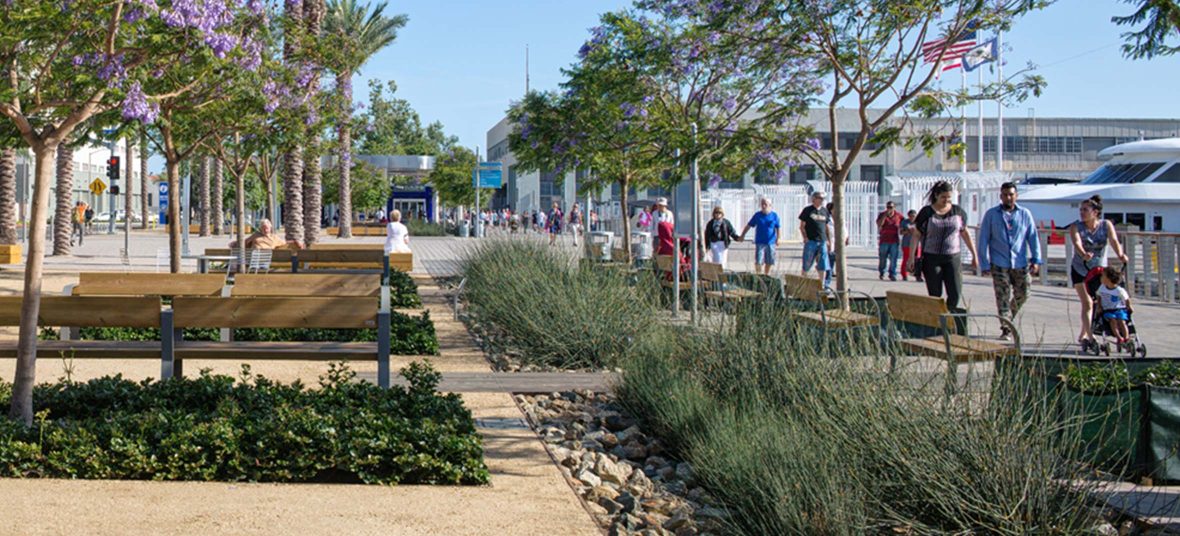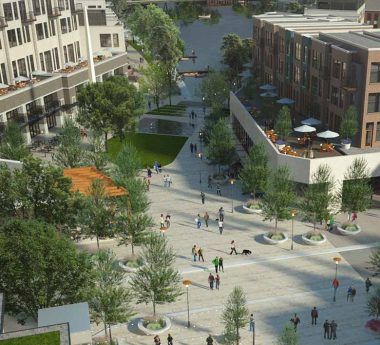Mobility (noun): the ability to move or be moved freely and easily.
There are many modern forms of mobility including cars, bikes, scooters, buses, taxis, trains, planes, and more, not to mention a person’s own two feet. But “freely and easily” isn’t always the case when roads are clogged, destinations are distant, or infrastructure lags—or as population grows. In just one year, from 2020 to 2021, Colorado added approximately 100,000 residents with a growth rate about four times that of the United States. When it doesn’t feel easy to get around, people feel disconnected. Whole communities feel disconnected, and eventually deteriorate.
At Civitas, we are motivated to address population growth with smarter density that focuses on transit, enhanced pedestrian experiences, and robust park systems.
We believe this balanced approach to planning and design leads to a better quality of life, improving the health and wellbeing of individual people and whole communities. By asking questions, listening to a community’s longings and understanding the issues, we can improve accessibility, connectivity and comfort for all the various ways that people get around.
Here are recent examples of our efforts to tackle the issue of mobility with a variety of the ways people move:








